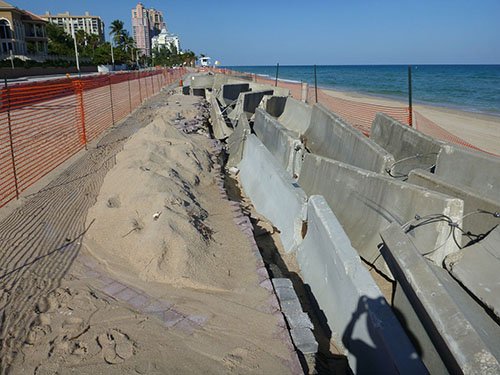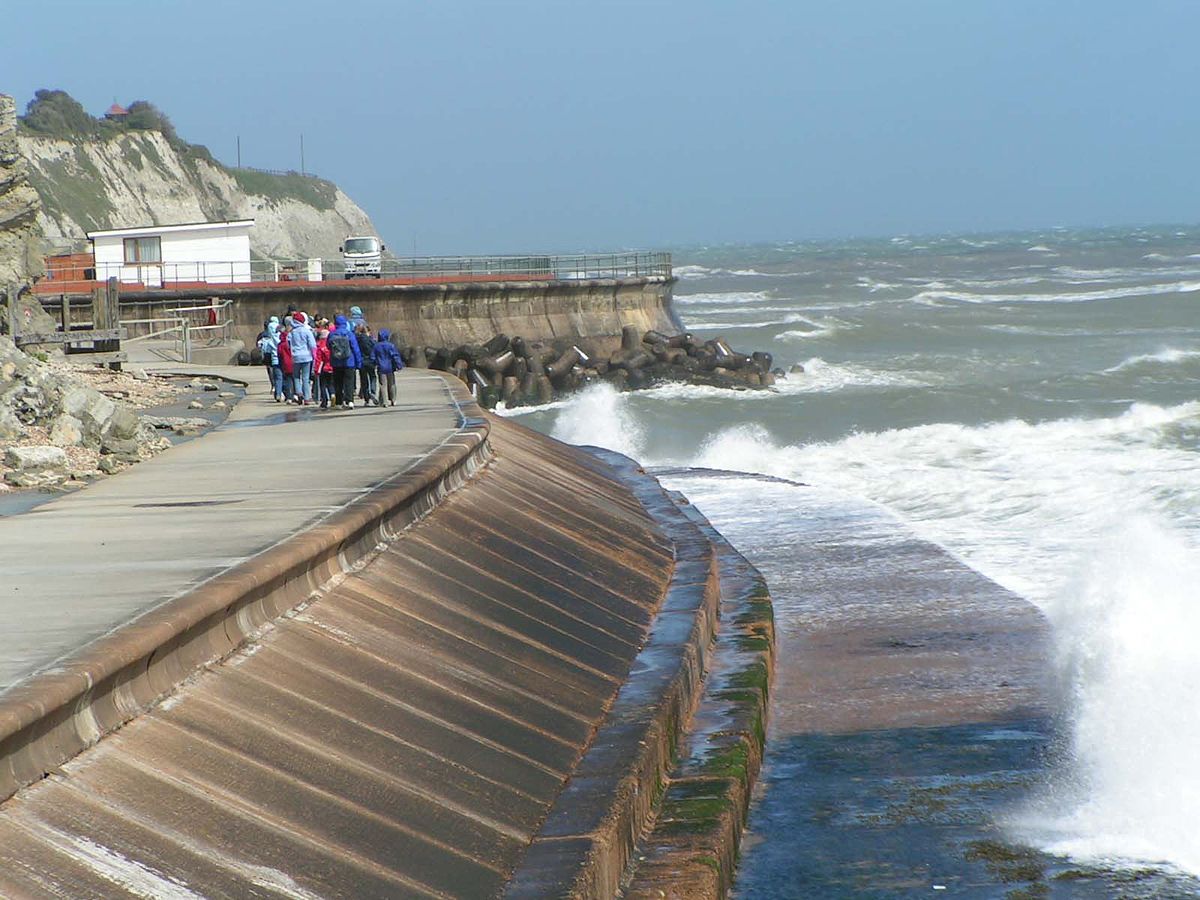The smart Trick of Shore Protect Team That Nobody is Discussing
3 Simple Techniques For Shore Protect Team
Table of ContentsUnknown Facts About Shore Protect TeamHow Shore Protect Team can Save You Time, Stress, and Money.An Unbiased View of Shore Protect TeamNot known Incorrect Statements About Shore Protect Team Some Ideas on Shore Protect Team You Should KnowOur Shore Protect Team StatementsThe Shore Protect Team Diaries
Decline in building worth: As the location tourist is influenced by disintegration, so after that is the economy. Customers are much less most likely to look for a coastline residence that could be ruined anytime by the impending flooding and disintegration emergency. Subsequently, residential or commercial property worth can go down immensely and affect the entire area.Whether a coastline is just little and crowded or has to close entirely for the safety and security of the community and nearby buildings, this significantly impacts tourist. In turn, local economic climates are affected (https://zenwriting.net/shrprtcttm/meta-charset-utf-8). Risk of injury: The raised risk of flooding and structural failings creates an enhanced risk of injury to close-by vacationers and area participants

Shoreline stabilization is directly associated to their job. Beachfront hotels: Due to the fact that coastline erosion influences tourist, it affects the success of waterfront hotels.
6 Simple Techniques For Shore Protect Team
Coastal commercial services: No travelers indicates no organization. Coastal state parks: State parks that exist along coasts are at threat of damages.
Soft stablizing is a far better remedy for the atmosphere and more sustainable overall. Tough stabilization uses manufactured frameworks as protection to manage erosion. Usually, these frameworks are set up at best angles or parallel to stop sand activity and lessen the force of waves. A lot of types of hard stablizing like seawalls and sheet steel are not ideal for shoreline stablizing.
Some Of Shore Protect Team
There's also not nearly enough proof of their efficiency depending upon the kind of shoreline and local problems. Difficult stabilization techniques have a tendency to be harder to mount and do not match the natural visual, protruding like a sore thumb and damaging regional environments in numerous scenarios. Coastline nourishment is the process of including lost sand and debris back to beaches after disintegration has occurred.
TrapBags help in the procedure of beach sustenance by safeguarding all-natural ecosystems and permitting plants to expand. They're: Ecologically friendly: You can use native soil both to border and to fill the TrapBags.

Shore Protect Team - Questions
They can additionally be set up without any type of heavy machinery. Cost effective: TrapBags are suitable for both tiny and huge areas of coastline.
Combined with a high building and construction expense, this has actually caused boosting use various other soft engineering coastal monitoring options such as beach replenishment. Seawalls are constructed from different materials, a lot of frequently strengthened concrete, rocks, steel, or gabions. Various other possible building products consist of plastic, wood, light weight aluminum, fiberglass composite, and biodegradable sandbags made from hemp and coir. The proper seawall style relies on location-specific facets, consisting of bordering disintegration processes. There are three major kinds of seawalls: vertical, bent, tipped, and mounds (see table listed below). A record published by the United Nations Environment Program (UNEP) suggests that the tidal wave of 26 December 2004 caused much less damages in the areas where all-natural obstacles existed, such as mangroves, reef or seaside greenery.
Natural barriers, such as reef and mangrove woodlands, prevent the spread of tidal waves and the circulation of coastal waters and minimized the flood and rise of water. A cost-benefit method is an effective means to determine whether a seawall is suitable and whether the benefits are worth the cost.
Shore Protect Team Fundamentals Explained
A seawall is a fixed feature which can contravene the dynamic nature of the coast and restrain the exchange of debris in between land and sea. The table below sums up some positive and adverse results of seawalls which can be used when comparing their performance with other seaside management choices, such as coastline nutrition. [] Advantages and negative aspects of seawalls according to Short (1999) Advantages Negative aspects Long-term service in comparison to soft beach nutrition.

This can cause beaches to dissipate, making them useless for coastline goers. Typically, seawalls can be an effective means to control seaside disintegration, however only if they are built well and out of products that can hold up against the force of recurring wave energy.
Facts About Shore Protect Team Revealed
Combined with a high building expense, this has actually resulted in increasing usage of various other soft engineering coastal monitoring alternatives such as coastline replenishment. Seawalls are constructed from numerous materials, many typically strengthened concrete, rocks, steel, or gabions. Various other possible construction products include vinyl, wood, aluminum, fiberglass composite, and naturally degradable sandbags constructed from hemp and coir. The proper seawall style relies upon location-specific elements, consisting of surrounding erosion procedures. There are 3 main kinds of seawalls: upright, curved, tipped, and mounds (see table listed below). A report published by the United Nations Atmosphere Program (UNEP) suggests that the tidal wave of 26 December 2004 triggered much less damages in the locations where all-natural barriers were present, such as mangroves, reef or seaside greenery.
Natural obstacles, such as reef and mangrove forests, stop the spread of tsunamis and the flow of seaside waters and alleviated the flooding and surge of water. A cost-benefit method is an efficient means to establish whether a seawall is ideal and whether the advantages deserve the cost.
5 Simple Techniques For Shore Protect Team
A seawall is a fixed function which can clash with the vibrant nature of the shore and hinder the exchange of debris between land and sea. Advantages and disadvantages of seawalls according to Short (1999) Benefits Negative aspects Lengthy term option in comparison to soft coastline nutrients.

This can create beaches to dissipate, providing them useless for beach goers. Normally, seawalls can be an effective means to regulate coastal erosion, however just if they are created well and out of materials that can endure the force of recurring wave energy. Some understanding is needed of the seaside procedures and morphodynamics certain to the seawall area.